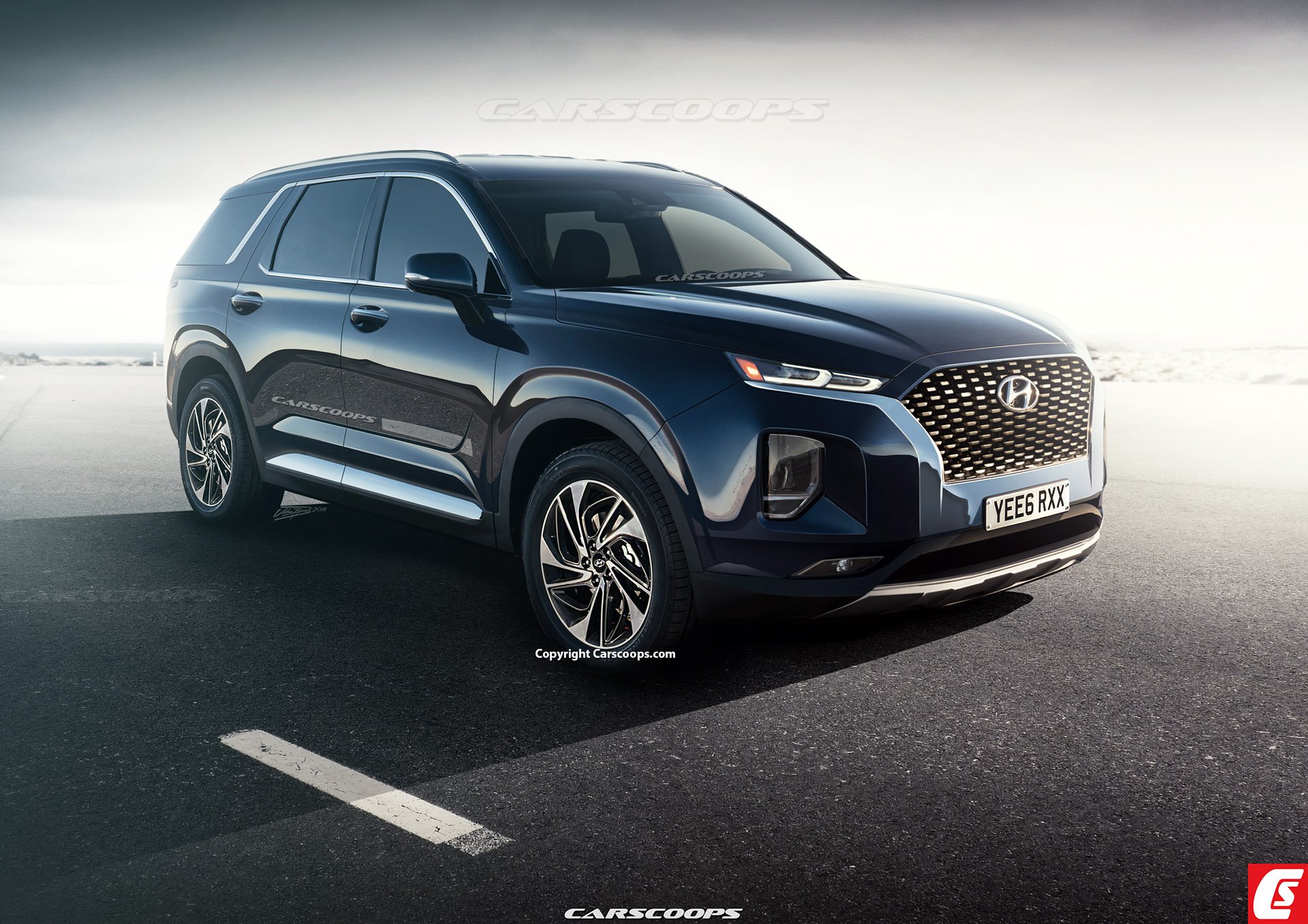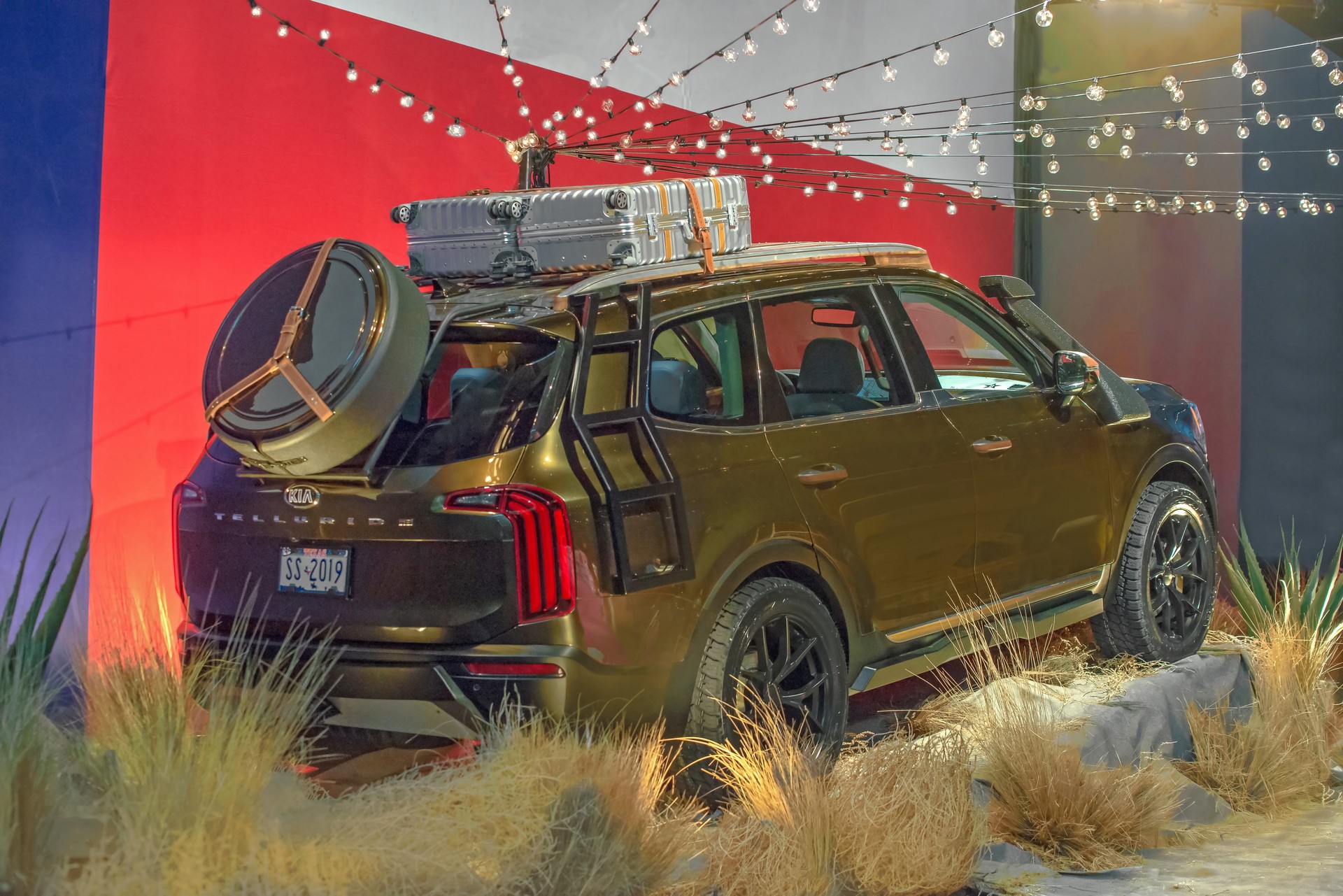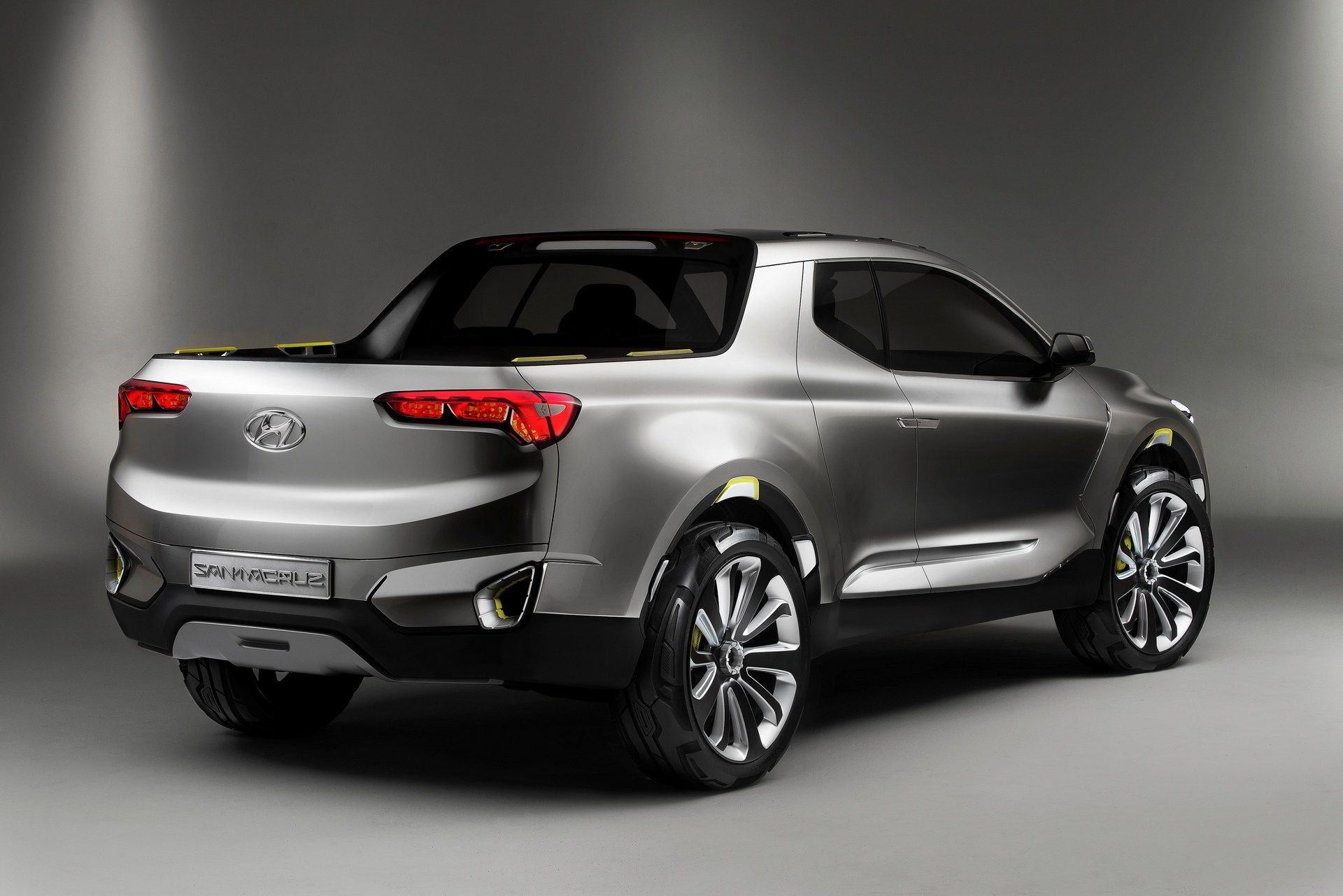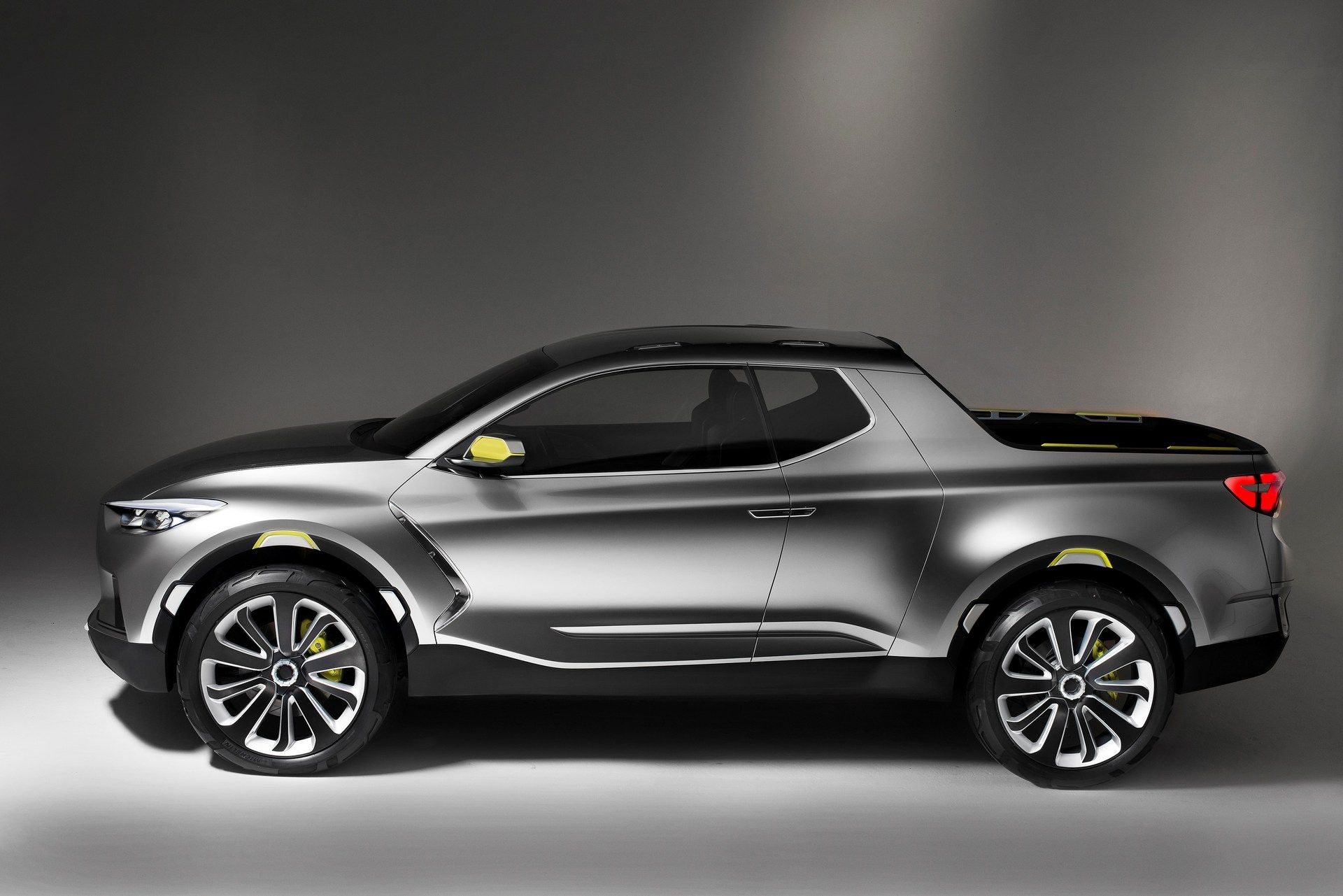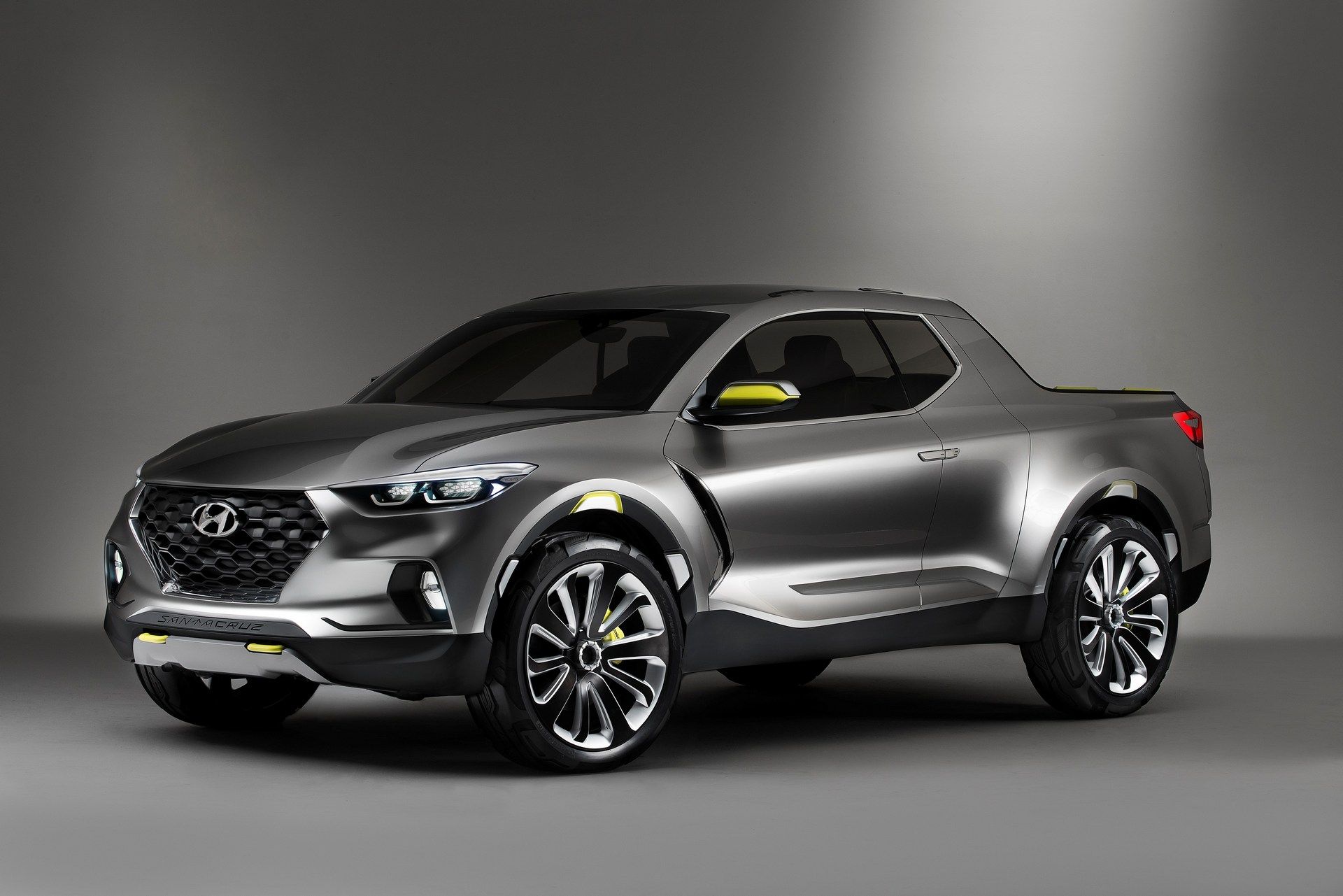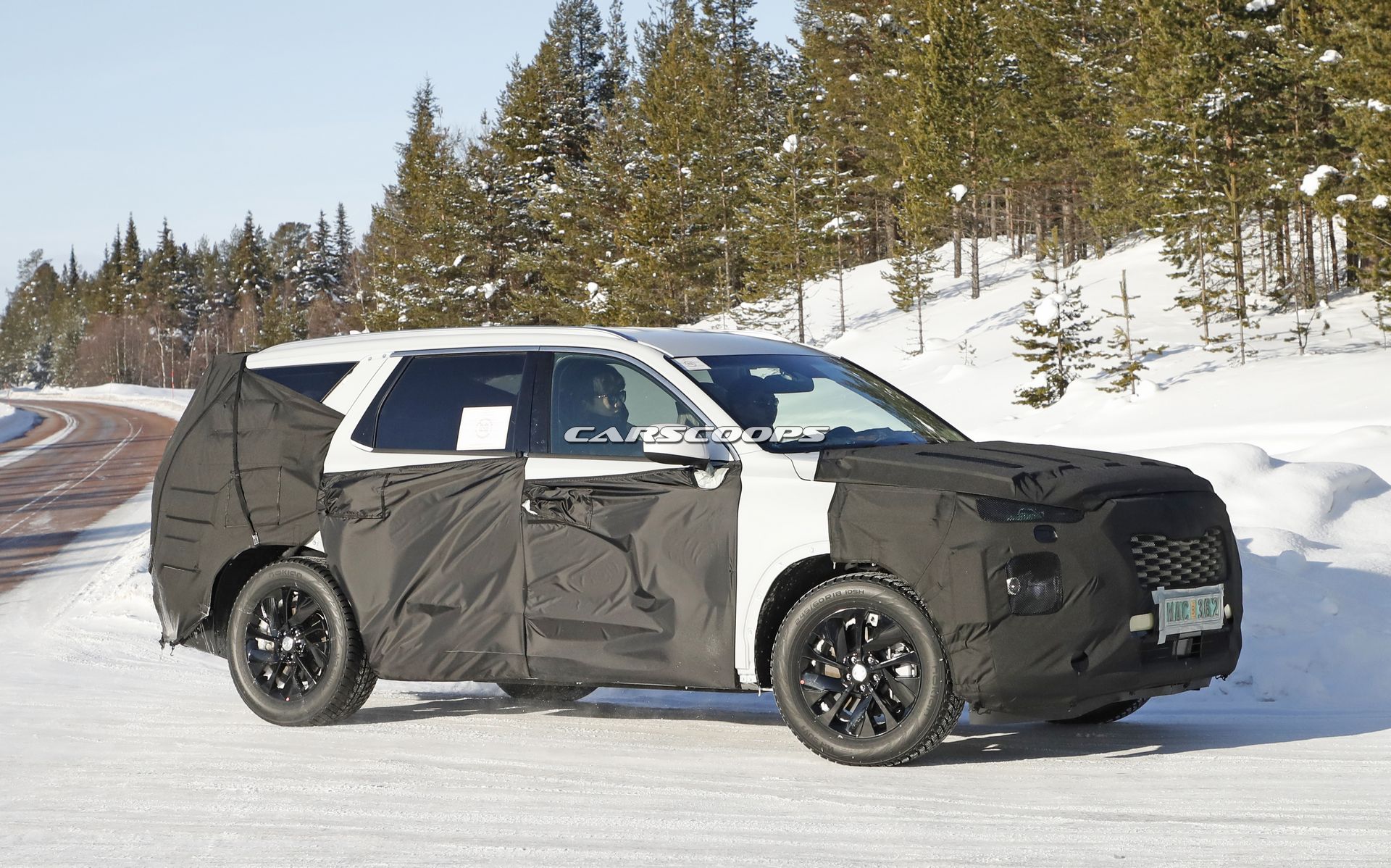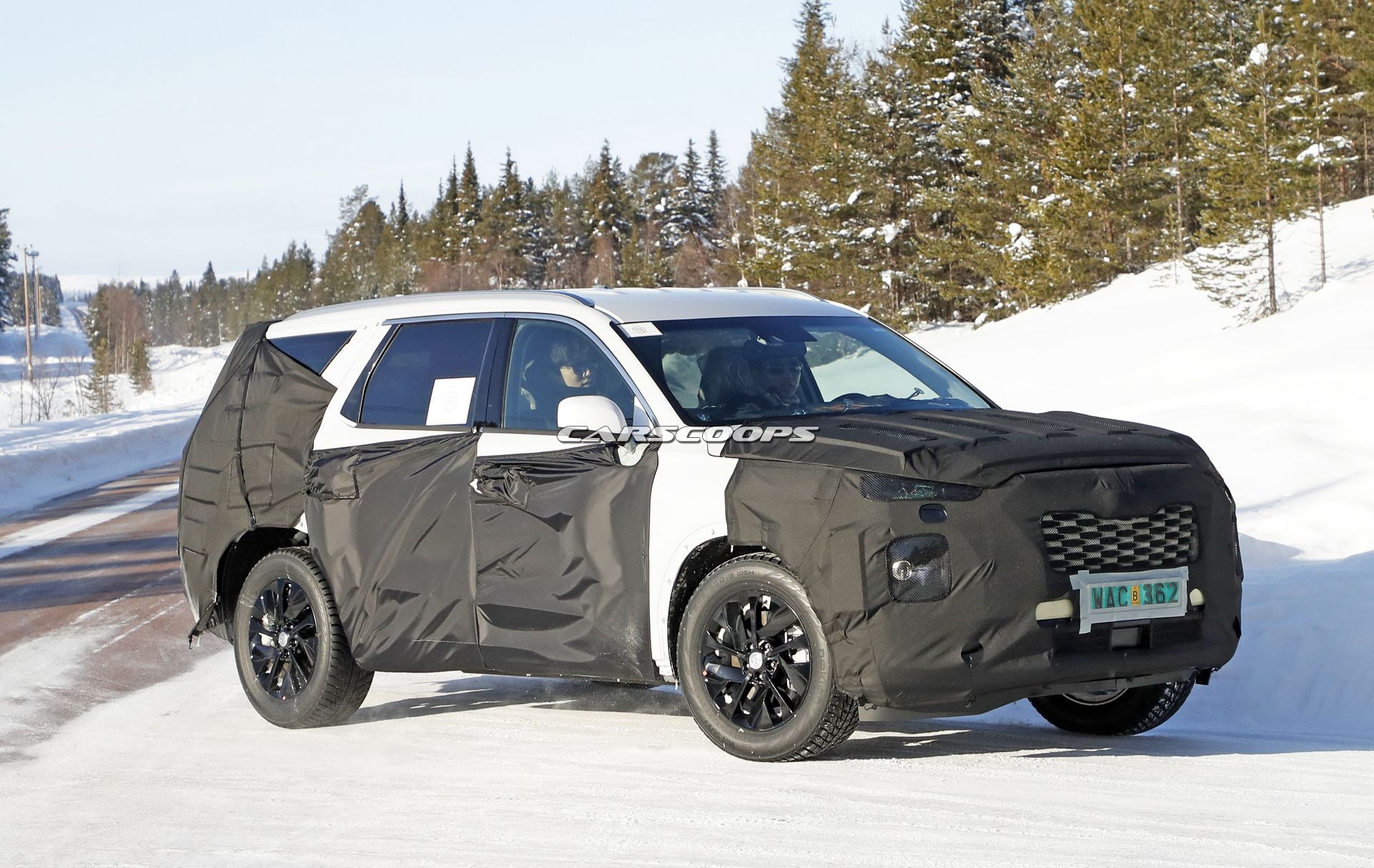Executives from Hyundai and Kia believe a host of all-new crossovers will help to boost sales for both companies.
Speaking with Automotive News, Hyundai and Kia CEOs said that profitability will improve thanks to the introduction of new crossovers, something that might also lead to a modest increase in U.S. sales.
According to Hyundai chief executive Wonhee Lee, growth in the SUV market will continue for at least five years and that the company’s range will match this increase.
“Our strategy is to launch more SUVs. We will have a full lineup. We are trying to increase our adaptability. When the SUV market grows, we will be able to match that growth,” he said.
Hyundai currently has three crossovers on offer in the United States in the form of the Kona, Tucson, and Santa Fe. This trio accounted for 45 per cent of the company’s local sales. Similarly, Kia’s utility line-up, consisting of the Niro, Sedona, Sorento, and Sportage, represent 41 per cent of its total U.S. sales.
Both figures are well down on the industry-wide average of 69 per cent of light-vehicles sold being SUVs.
Hyundai wants to boost its ratio of utility vehicle sales to 60 percent, but that it will take three years to achieve. Similarly, Kia wants to sell more crossovers.
First up in Kia’s new range of crossovers will be the three-row Telluride. After it arrives, a new compact crossover will launch in the second half of the year. Further down the road, Kia could even venture into the world of small pickups.
As for Hyundai, it is working on the eight-seat Palisade, a full-size SUV, and an A-segment crossover that will launch in the second half of 2019. Both an all-electric SUV and a compact pickup based on the Santa Cruz Concept are possible, but have yet to be approved for production.
While the two South Korean companies are charging head first into the world of utility vehicles, executive publisher for Kelley Blue Book, Karl Brauer, says they’re a little late to the party.
“It’s good Hyundai and Kia are moving in that direction, but they missed out on the bonanza. The conditions aren’t as favorable for the next five years. And it’s also a matter of brand image and recognition.”




